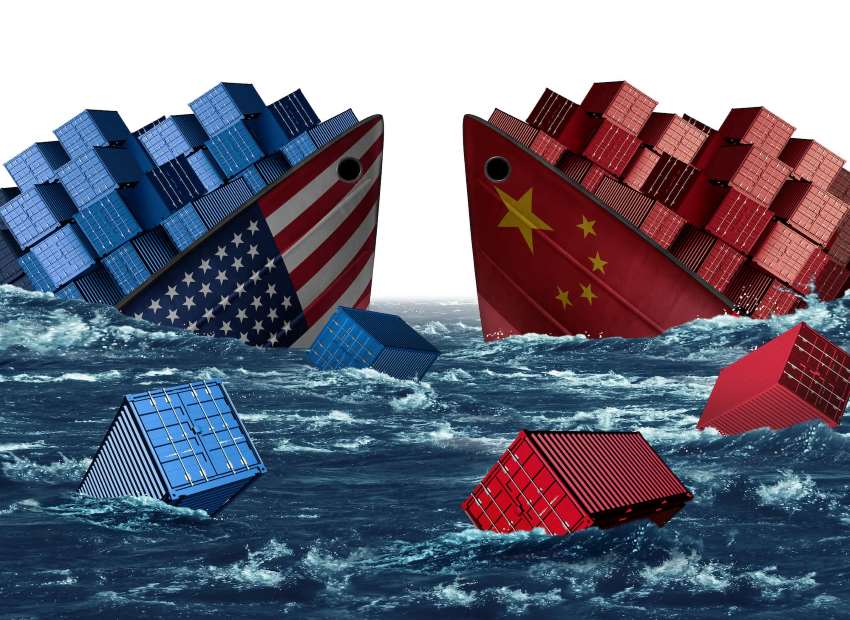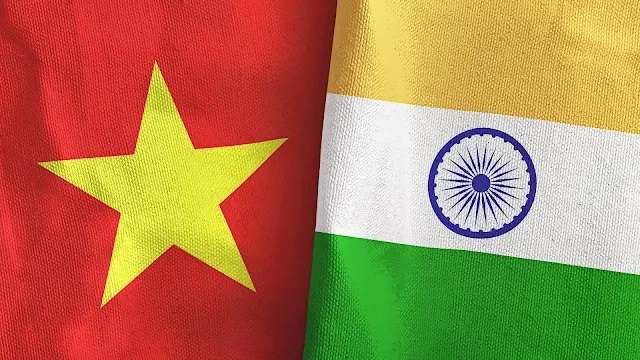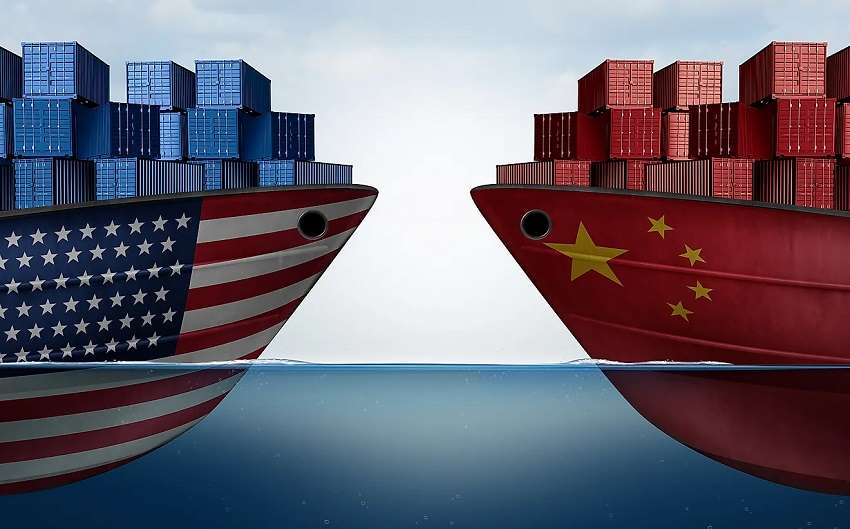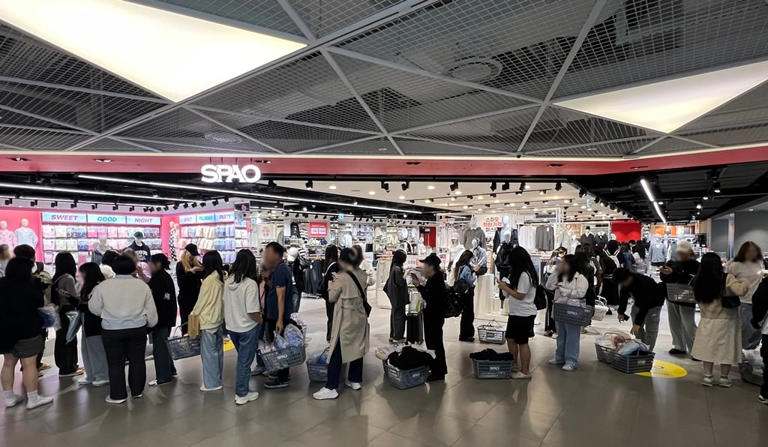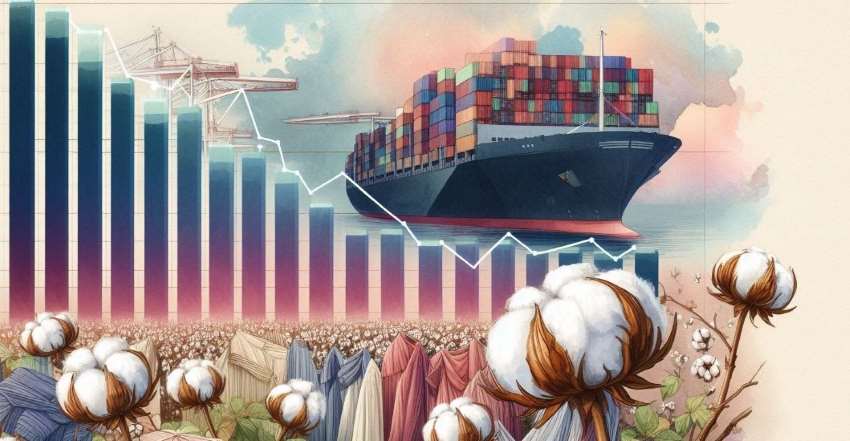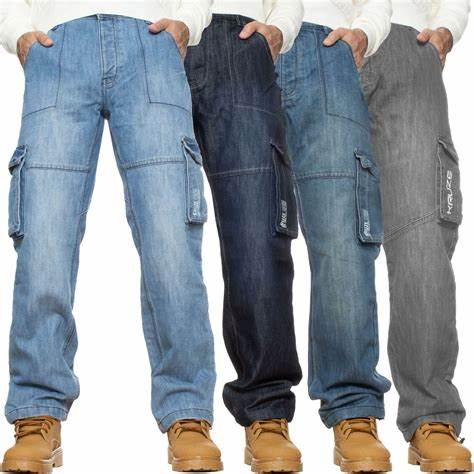"Its ability to print with bold colors in a precise and controlled manner makes screen printing an immensely popular method of production in the fashion industry. However, this method gained commercial popularity in fashion only after 1960s when the first rotatable, multicolor garment screen printing machine was developed in the US."
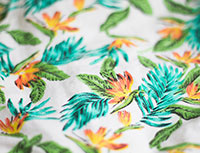 Its ability to print with bold colors in a precise and controlled manner makes screen printing an immensely popular method of production in the fashion industry. However, this method gained commercial popularity in fashion only after 1960s when the first rotatable, multicolor garment screen printing machine was developed in the US.
Its ability to print with bold colors in a precise and controlled manner makes screen printing an immensely popular method of production in the fashion industry. However, this method gained commercial popularity in fashion only after 1960s when the first rotatable, multicolor garment screen printing machine was developed in the US.
Following the launch of digital printing machine, which enabled manufacturers to print logos on bowling uniforms, screen printing machines became the go-to technology for the fast-fashion movement, particularly as production moved to cheaper labor countries such as China and India.
However, high screen and screen storage costs of these machines along with their technological limitations restricts the use by designers. Some other barriers include: the labor-intensive work required in applying ink to screen to clothing; high-water consumption that arose from washing the screens; and the inability to design complex imagery with the screens’ mesh. To solve these issues, the industry needs to introduce innovative printing technology that offers greater flexibility and personalisation.
Although the popularity of screen printing continues to rise, digital printing can not only reduce environmental footprint but also enable greater flexibility, personalisation, and give designers the flexibility to experiment with their styles. Inkjet technologies can provide brands with high-resolution complex floral and animal prints alongwith details photorealistic visuals. Besides changing the way in which designers create garments, Inkjet printing also impacts fashion seasons, business models and supply chains.
footprint but also enable greater flexibility, personalisation, and give designers the flexibility to experiment with their styles. Inkjet technologies can provide brands with high-resolution complex floral and animal prints alongwith details photorealistic visuals. Besides changing the way in which designers create garments, Inkjet printing also impacts fashion seasons, business models and supply chains.
Transforming fashion cycles
Digital textile printing is also transforming the customary two-season fashion cycle as brands like Zara, a subsidiary of Inditex are launching collections all year rounds. Inkjet technology helps designers test and amend samples and designs on-the-spot by the designer, or print house, which helps to lower turnaround times.
Inkjet technologies help brands offer customised offerings to their customers. Brands can create apparels of greater variety and individuality with these technologies. Though initially, this technique was used for printing directly onto T-shirts but it now increasingly being used for other garments such as dresses and jeans. OEMs, like Israeli-based Kornit Digital, are also promoting the role of DTG printing in the home textiles sector.
A new beginning for digital transformation
As these technologies continue to proliferate in the global fashion and apparel sector, new business models and designs will continue to evolve. Though these technologies enable fashion and apparel markets to break down barriers and enable new possibilities, they also face certain challenges such as metallic or glitter inks and connecting the supply chain in the Fourth Industrial Revolution.
Thus streamlining production workflows, connecting digital textile printers with siloed processes both up and downstream will reduce the cost of printed fashion and apparel goods for the end consumer. It will also reduce proximity to the end consumer, improve lead times and create garments only when they are ordered.
A beginning of the digital transformation in the fashion and apparel supply chain, digital printing will never fully replace screen printing, However, it will transform the industry in terms of production, rebalancing power in the industry and increasing sustainability in the garment printing space.



